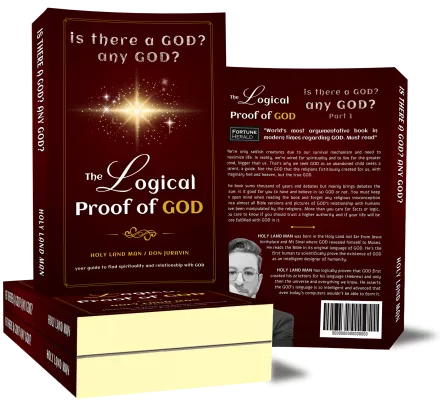At other times it turns out that this is a late and controversial interpretation of sources, and not a historical tradition (for example in the case of “Crossing the Moon” by Muhammad). The situation is not that different in the case of lights seen above the entrance of the Coptic Zeitoun and has been interpreted by some locals as a revelation of Mary.
In general, it seems that those who bring these traditions do not know how to distinguish between a constitutive historical tradition (one that should leave a memory!) transmitted by an entire people, and folklore stories or marginal stories told by tribes around the campfire about snakes becoming bridges and the like. Not every folk tale is a historical tradition or a story that is supposed to leave a memory. Often these are even mythological stories that deal with an ancient and obscure period and not the actual days of history. In addition, it should not be forgotten that there is a big difference between a miraculous story and a story in which some miracle is a side detail. And yet, in fact, it seems that a careful examination of these stories reveals time and again that they do not even pretend to describe the mass epiphany as authentic, which only reinforces the uniqueness of the Biblical Jewish tradition.










